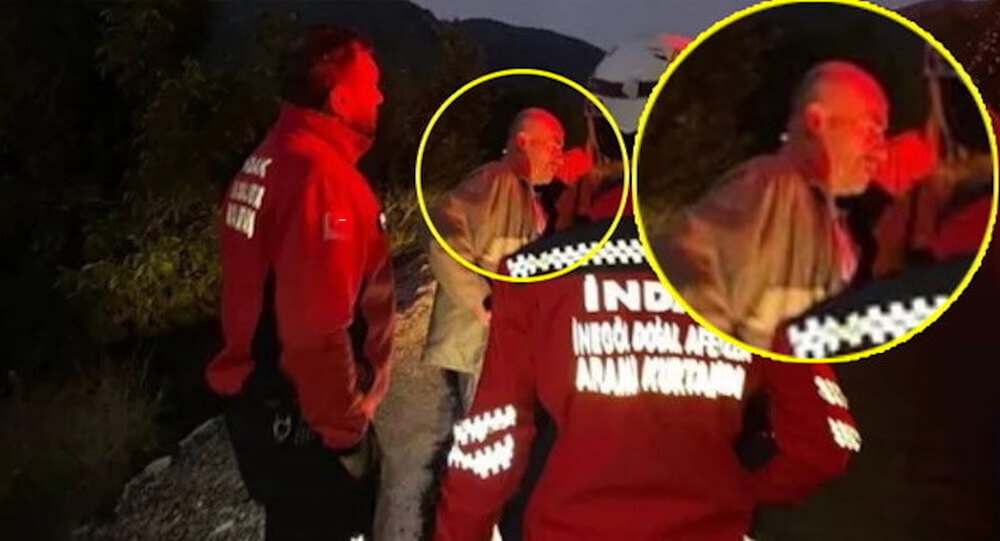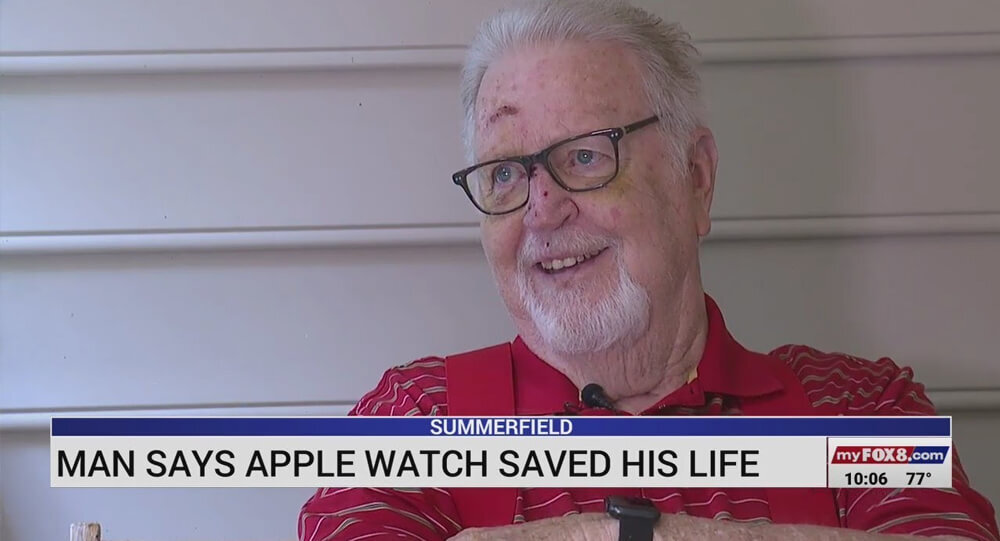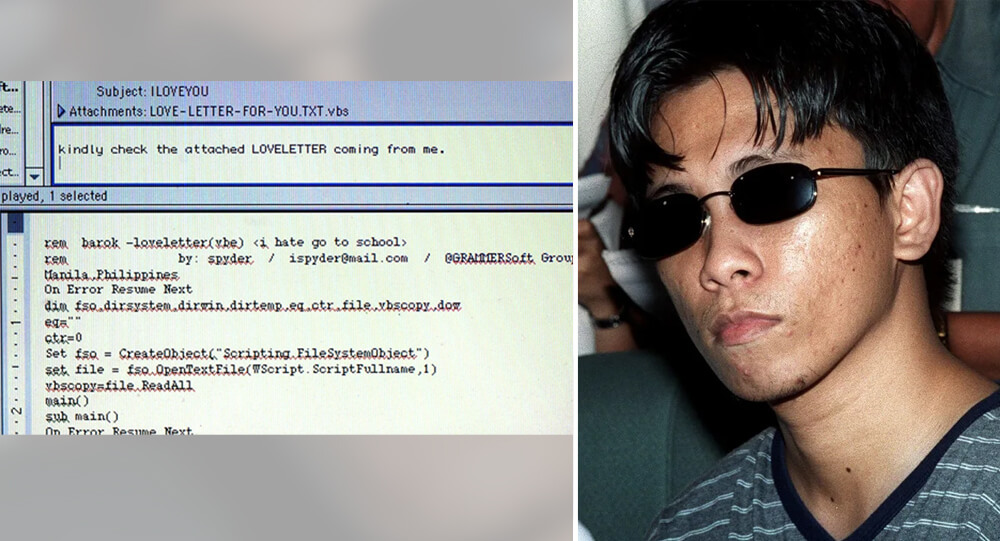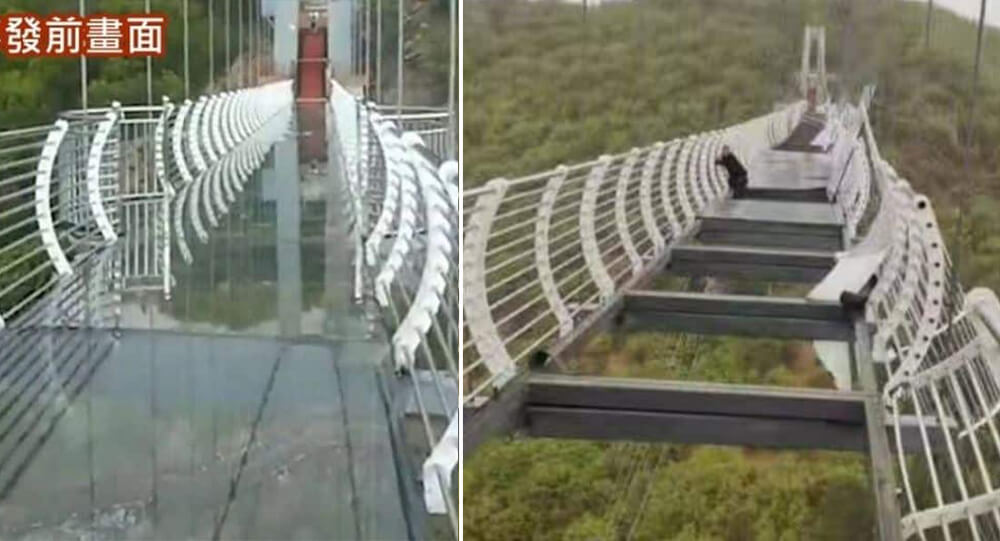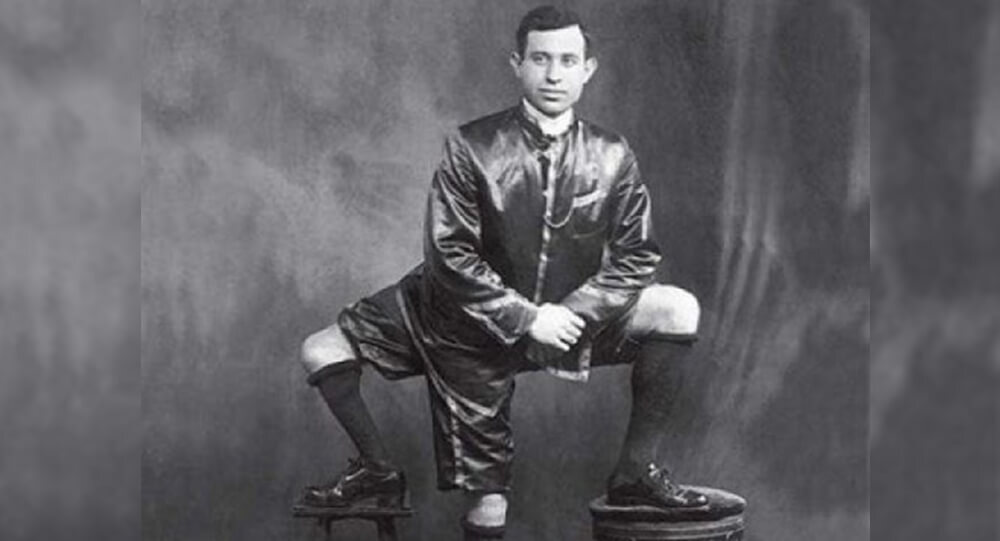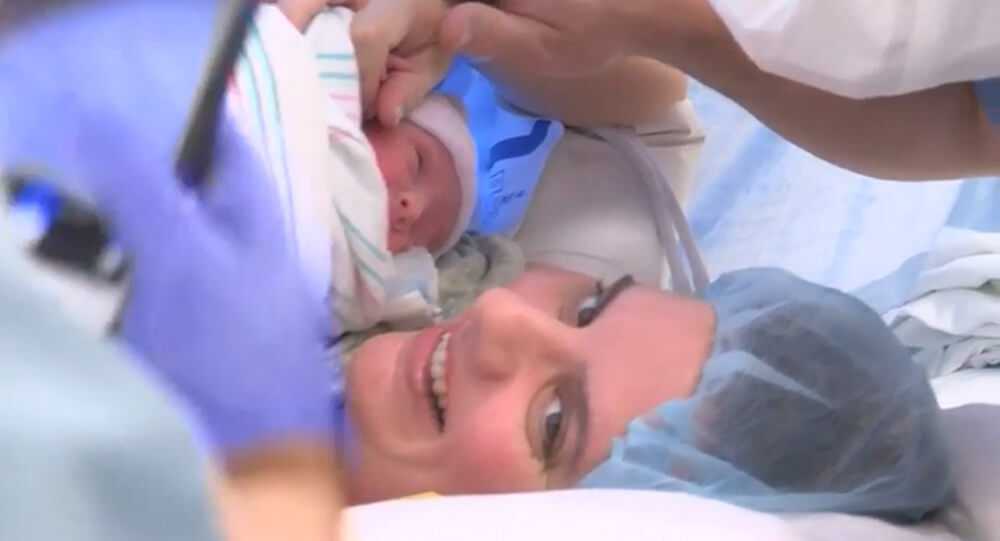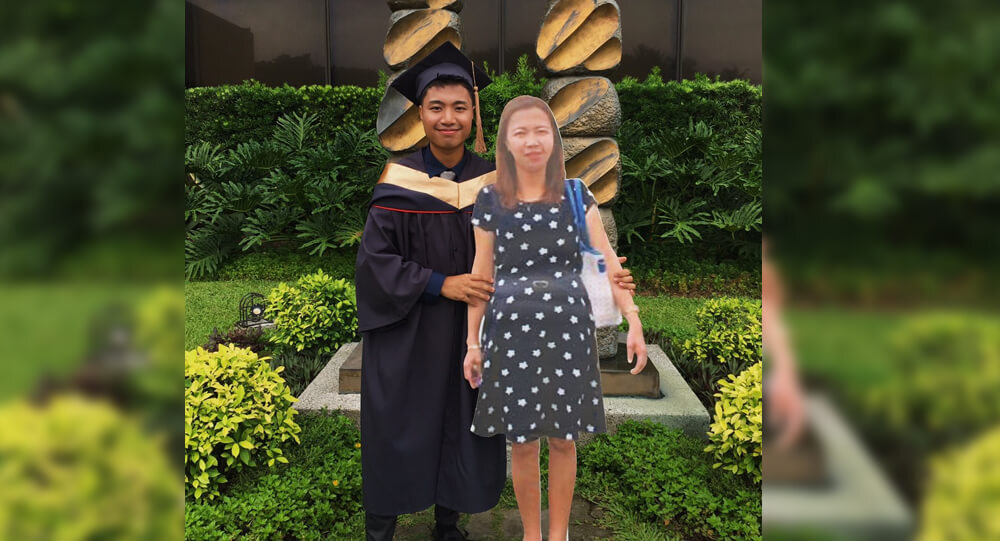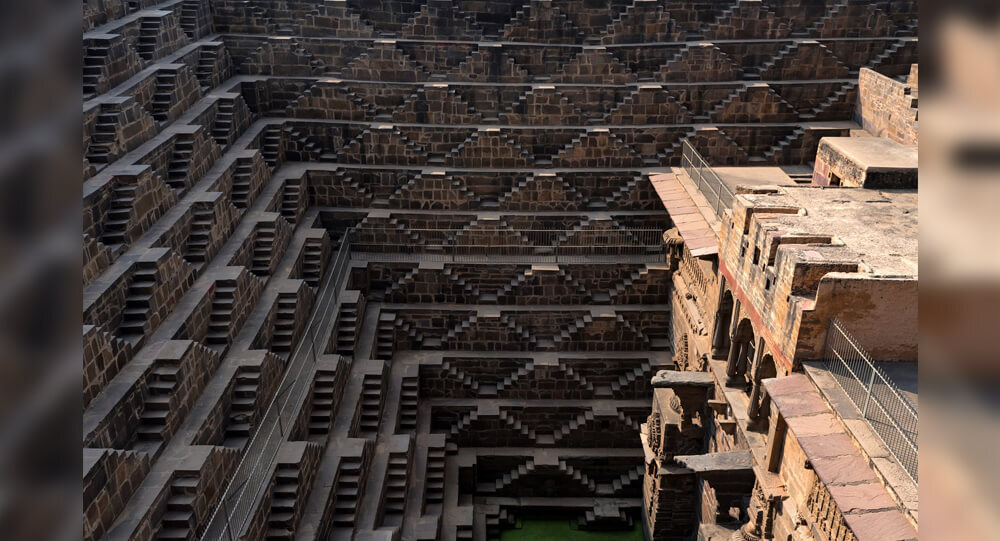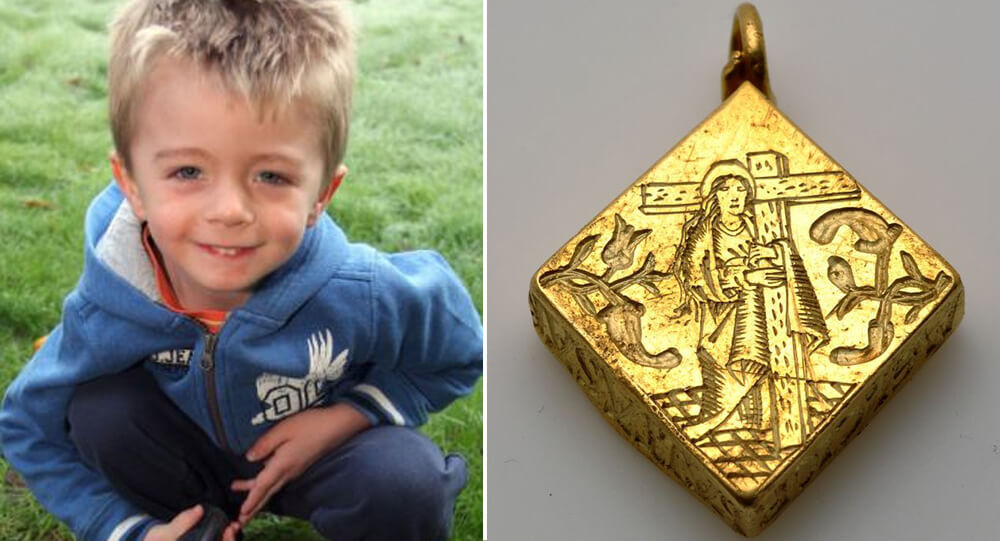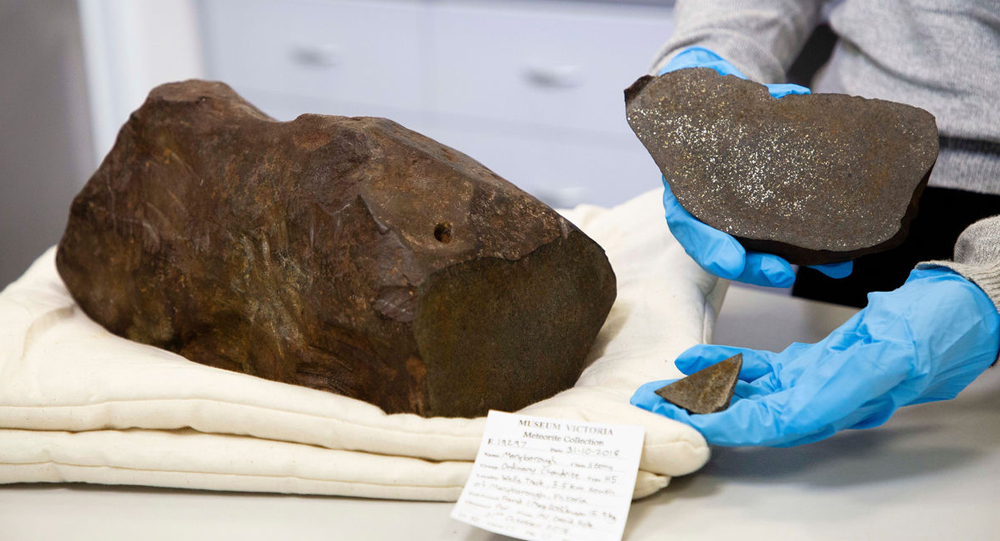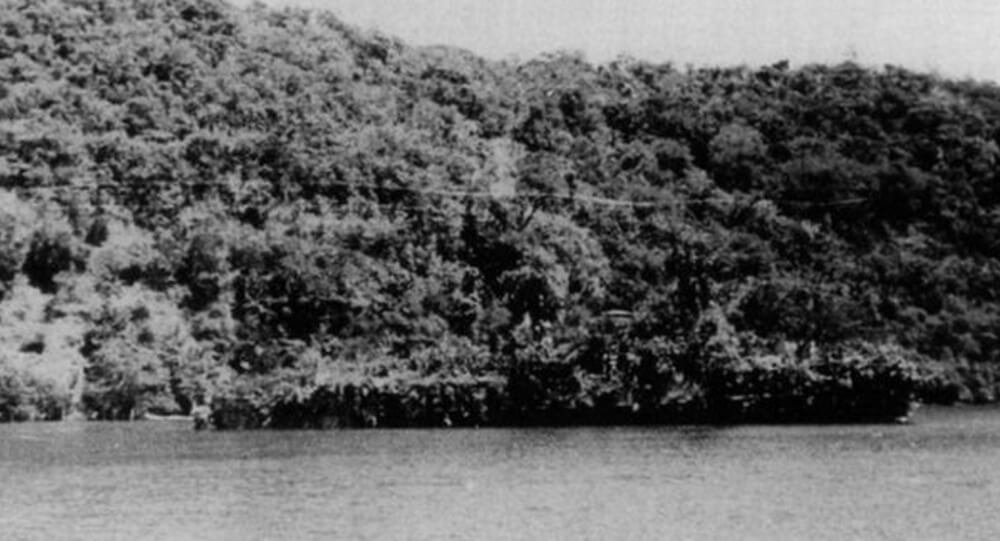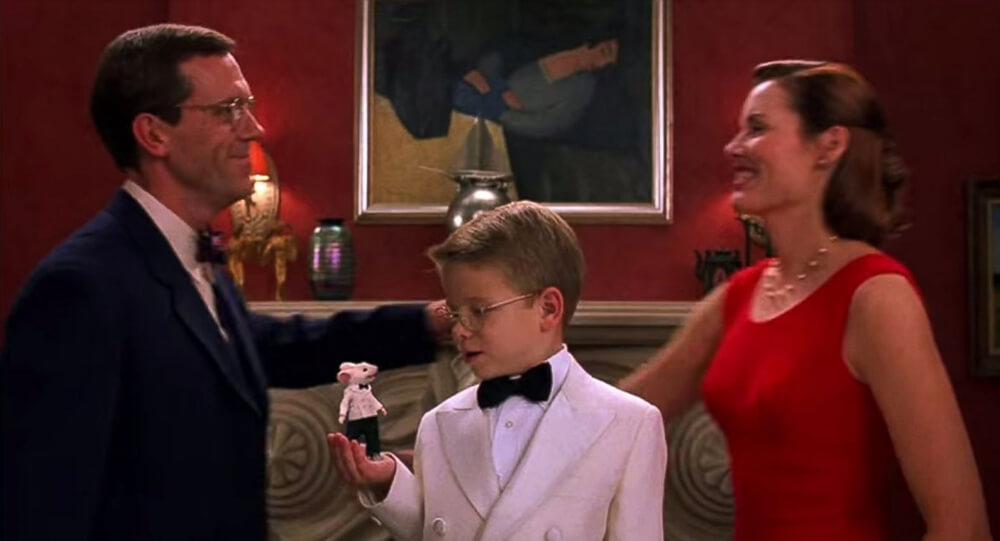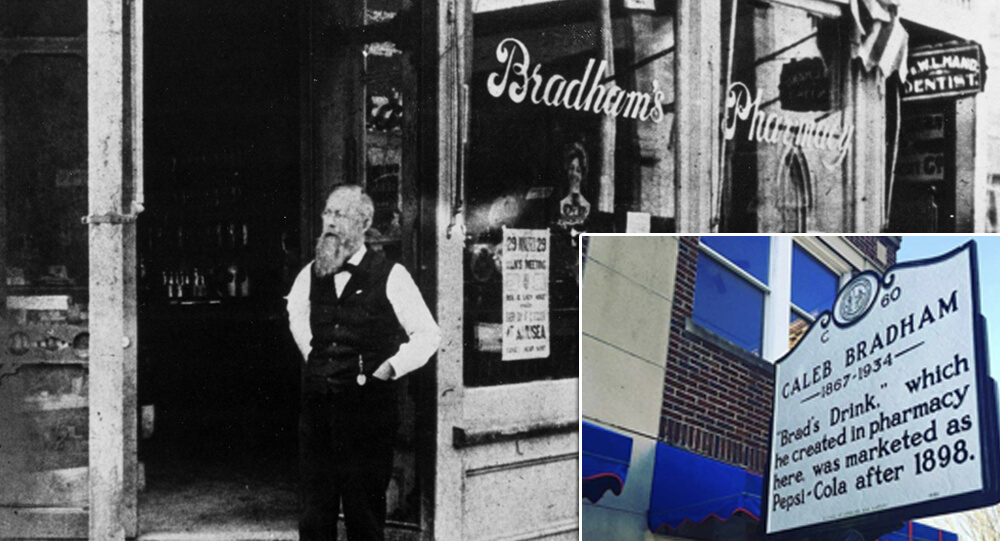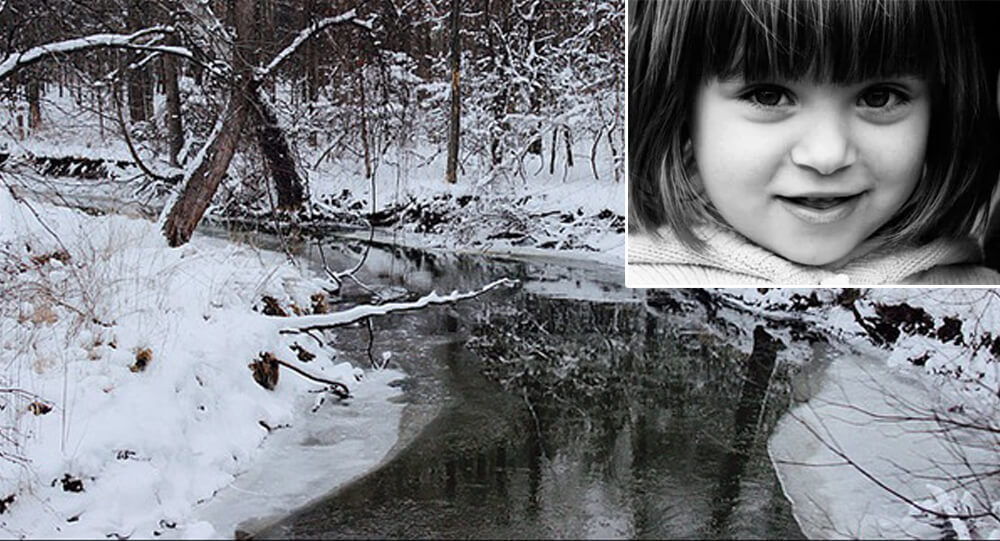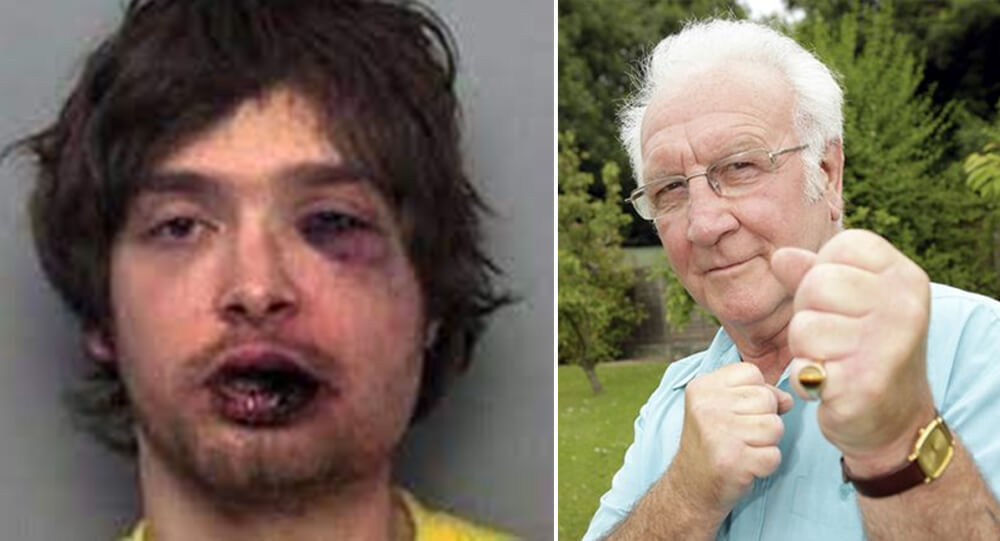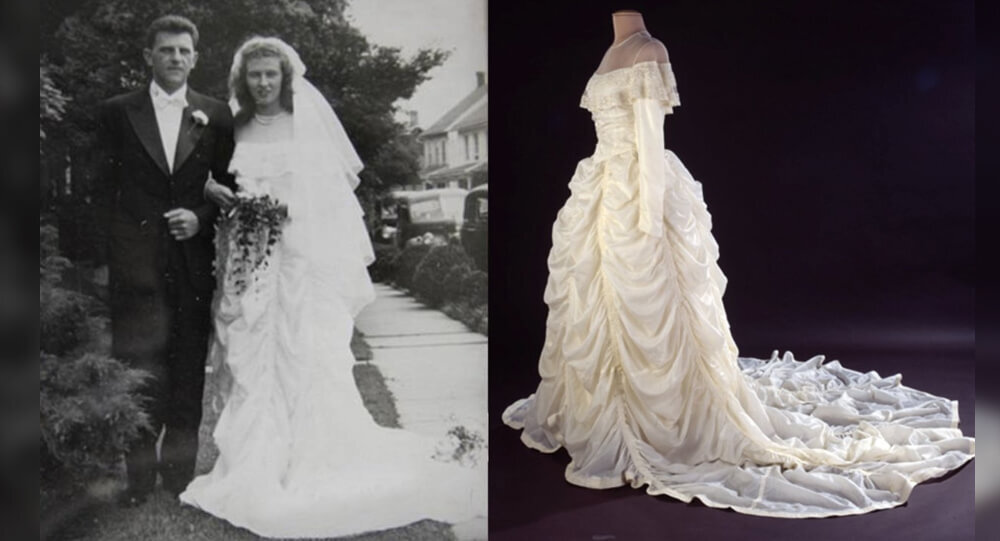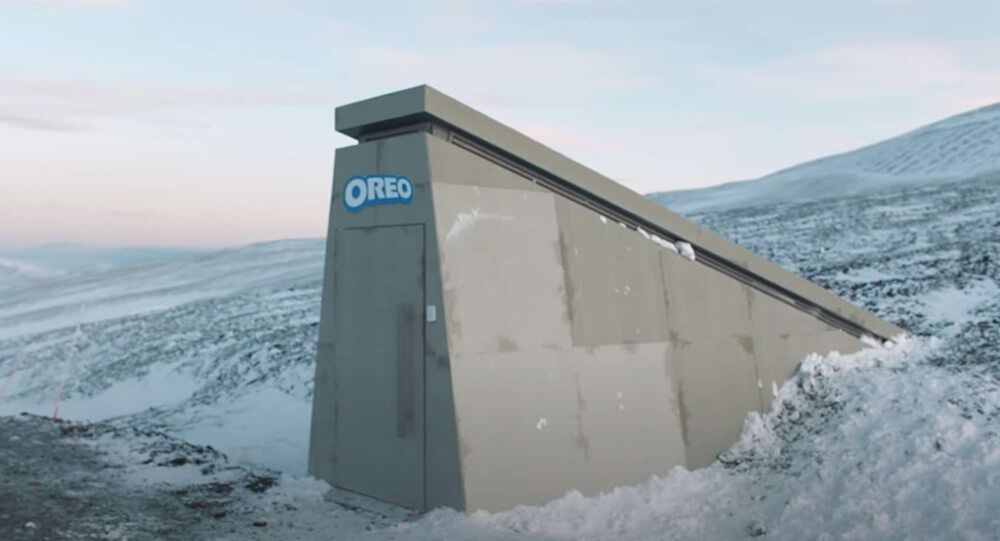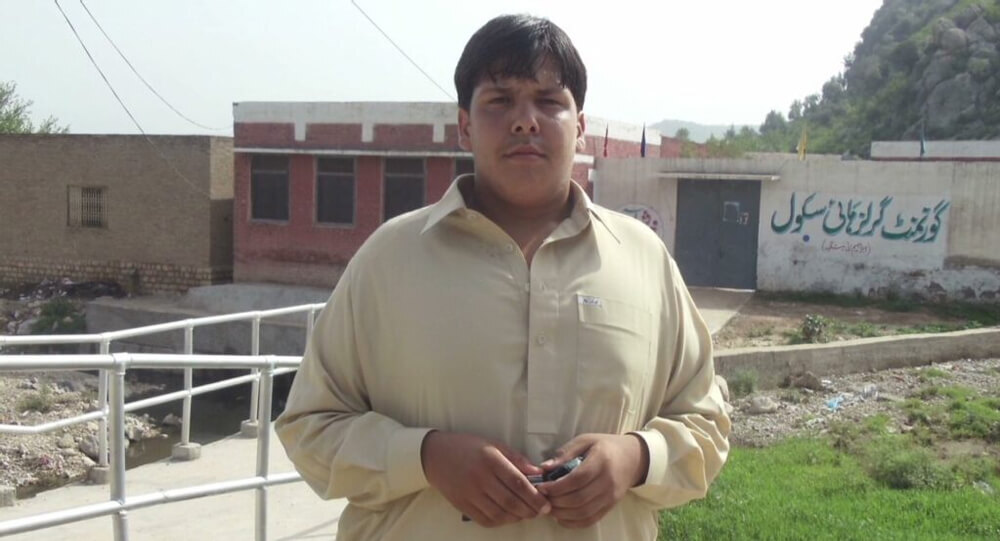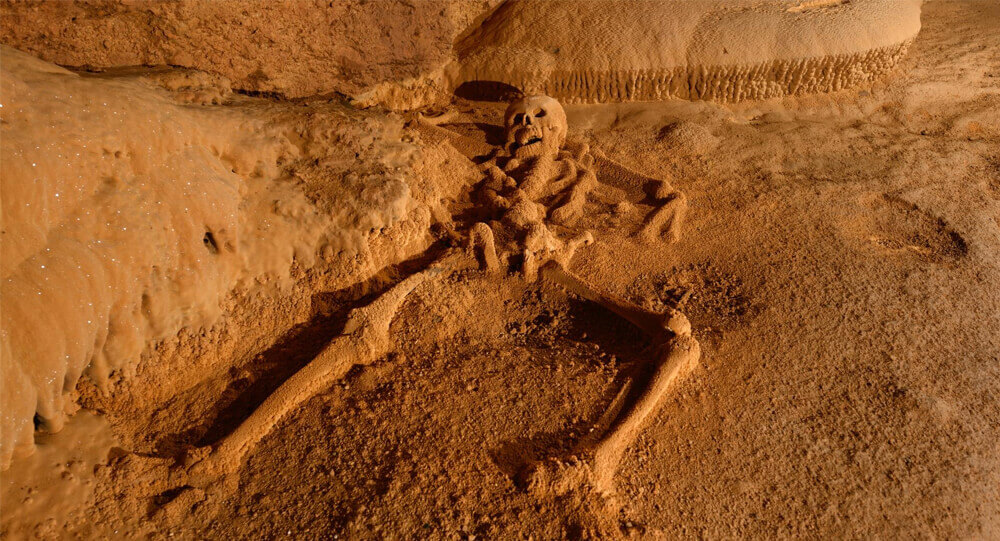
This jungle cave, which was discovered in 1989, is located in the Tapir Mountain Nature Reserve. To get there, take an hour’s ride from San Ignacio, Belize, and then walk through the jungle and across shallow rivers for an additional hour. At this point, the Actun Tunichil Muknal, or “ATM,” cave mouth, is reached. One must swim into the cave and then wade up the cave river for an additional kilometer in order to enter the cave.
The skeletons of the ceremonial sacrifices the Maya made to their gods more than a thousand years ago can be found at the back of the cave system by walking another kilometer and a half through the cave, past massive boulders and large rooms, one of which is called “The Cathedral.”
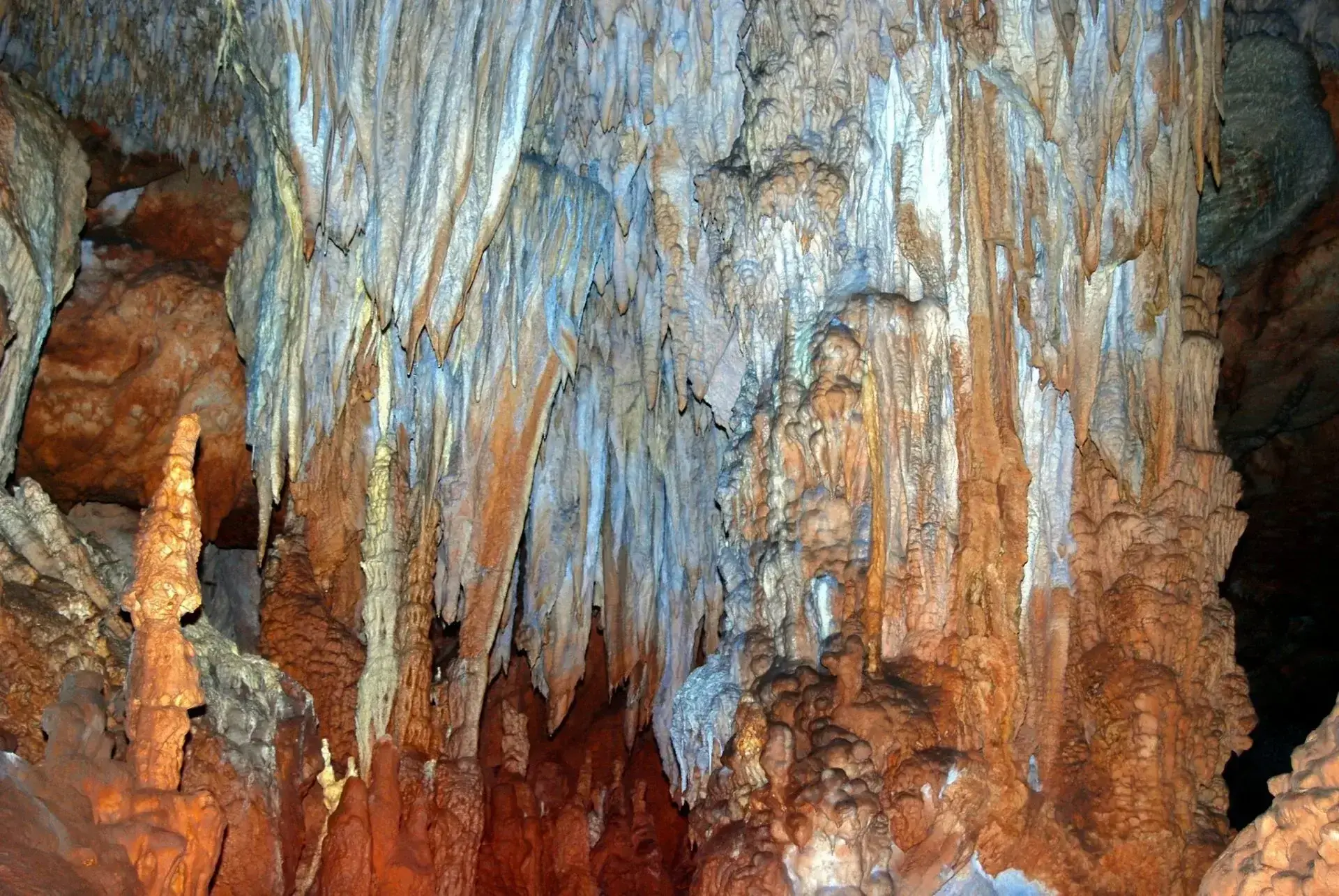
The age range of the skeletons is one year to adulthood. Four of those sacrificed are young children, some of whom were crammed into small adjacent caves and cracks. They range in age from one to three. There’s a fifteen-year-old (who looks like she was bound before she was killed), a twenty-year-old, and a large number of adults between the ages of thirty and forty-five. Numerous younger skeletons exhibit “skull shaping,” or cranial deformation, which gives the heads of these individuals an oddly elongated appearance.
The majority of them died from blunt head trauma; some had their entire skulls crushed. The majority of the pottery discovered at the site dates from between 700 and 900 AD, which is probably the time when bodies discovered here were sacrificed, even though it is challenging to date skeletons precisely because they are essentially cemented to the cave floor by calcite.
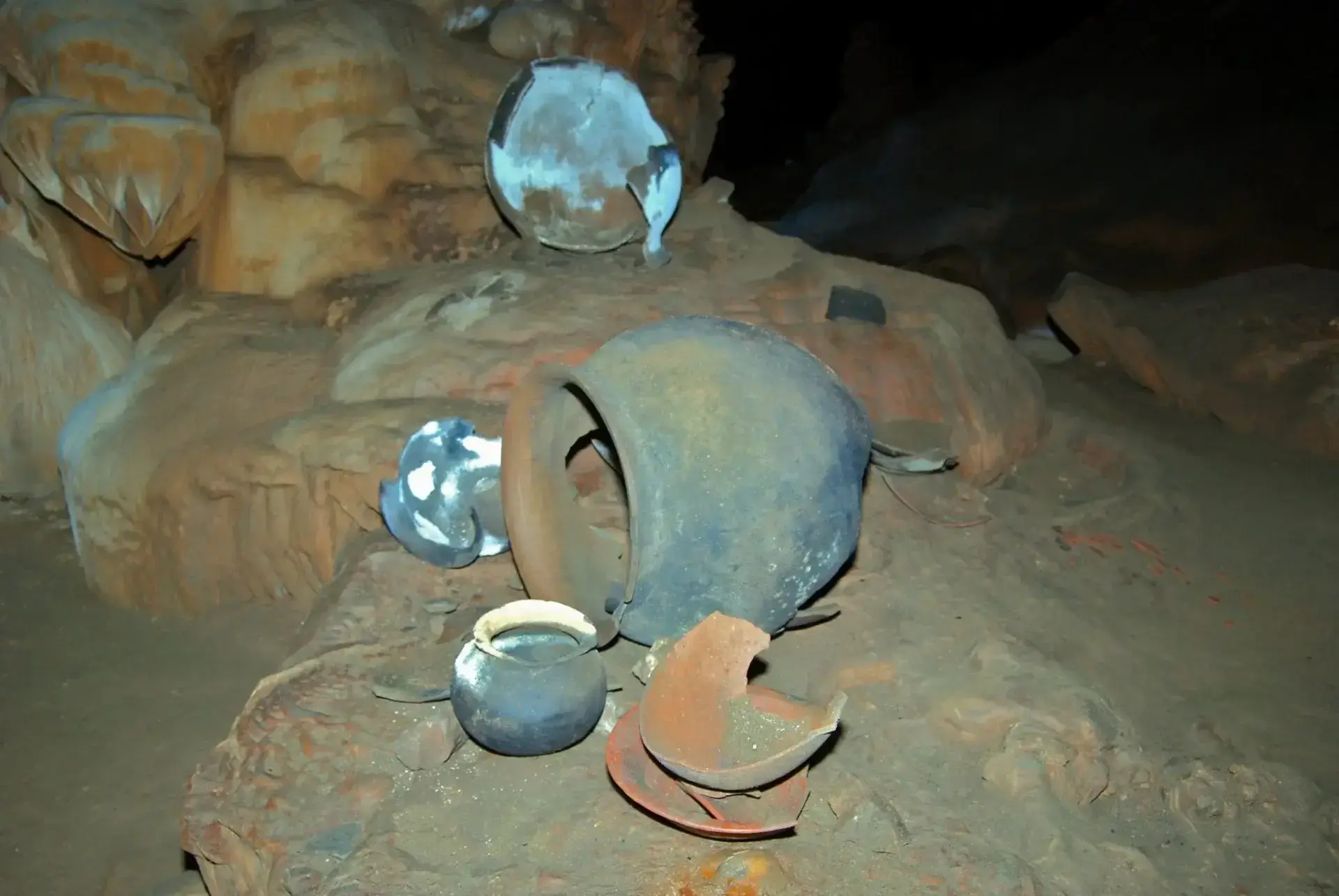
Most famous of these long-dead Maya is probably the skeleton of a 17-year-old boy known as “The Crystal Maiden,” which is located farther into the cave. Although the owner of the skeleton was first thought to be female (due to its small size and slight frame), closer inspection of the bones has revealed features that suggest they were male. (There are reports that certain tour guides call it “The Crystal Prince.”)
The positioning of the skeleton and the fact that two vertebrae are crushed make it unique. The person’s body has been lying on the ground for at least the past 1,100 years, and researchers think that before being hurled or tossed, this person may have died in a particularly violent way. Because the skeleton has been there for so long, the bones have completely calcified, giving them a sparkling, slightly plump appearance that gave rise to the nickname “crystalline.”
Related Topic You Might Find Interesting:
- Xin Zhui And The Story Of The Stunningly Intact Lady Dai Mummy
- Top 10 Greatest and shocking Archaeological Discoveries of All Time
- 13-year-old dog missing for two months found alive in a cave.
The purpose of the sacrifices is unknown, but some people think it was to placate the gods of the underworld or the rain god Chac. Another theory holds that these were believed to be witches (possibly suffering from some kind of mental or physical ailments) and that leaving them unburied in the cave would ensure that their spirits were trapped there.
Additional artifacts discovered within the cave comprise of ceramics bearing “kill holes” and Maya-carved animal and facial silhouettes. Amblypygi, or “whip spiders,” and other predatory spiders can also be found in the cave.
Very little has been taken from the cave since it was discovered, largely because of its inaccessibility and the calcification process that has preserved many of the relics exactly as they were left. (A few items were taken early on.)
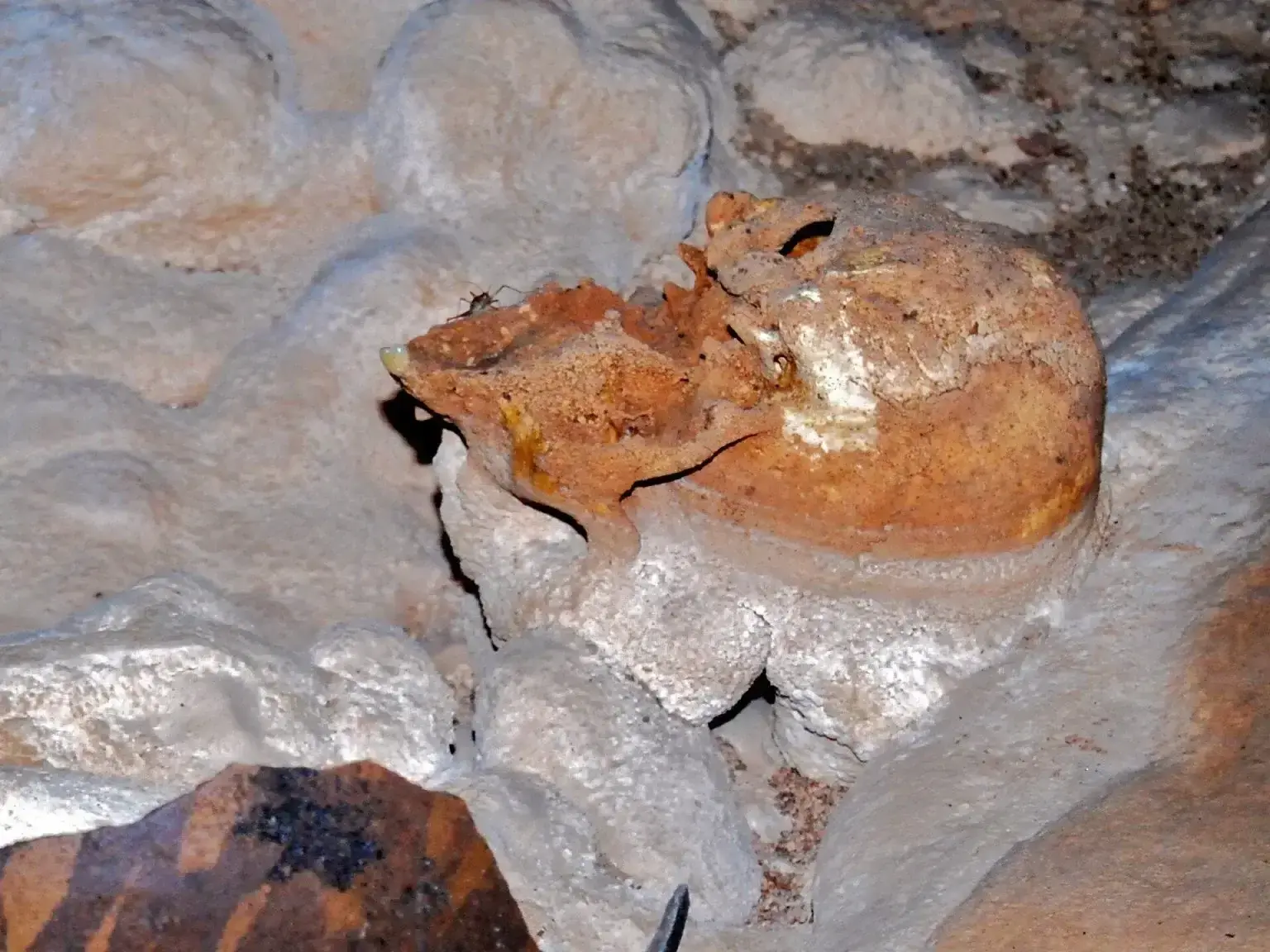
Translating to “Cave of the Crystal Sepulchre,” Actun Tunichil Muknal is also called “Xibalba” by the locals, who named it after the Mayan underworld. Traditionally, the Crystal Cave was thought to be a portal to hell, a large crack in the ground that was home to scorpions and rivers of blood. This was the underground court of the Lords of Xibalba, home to the Mayan death gods. These twelve gods, often called “demons,” went by titles like “Skull Staff” and “Stabbing Demon,” and they plagued people with a variety of ailments like pain, illness, and terror.
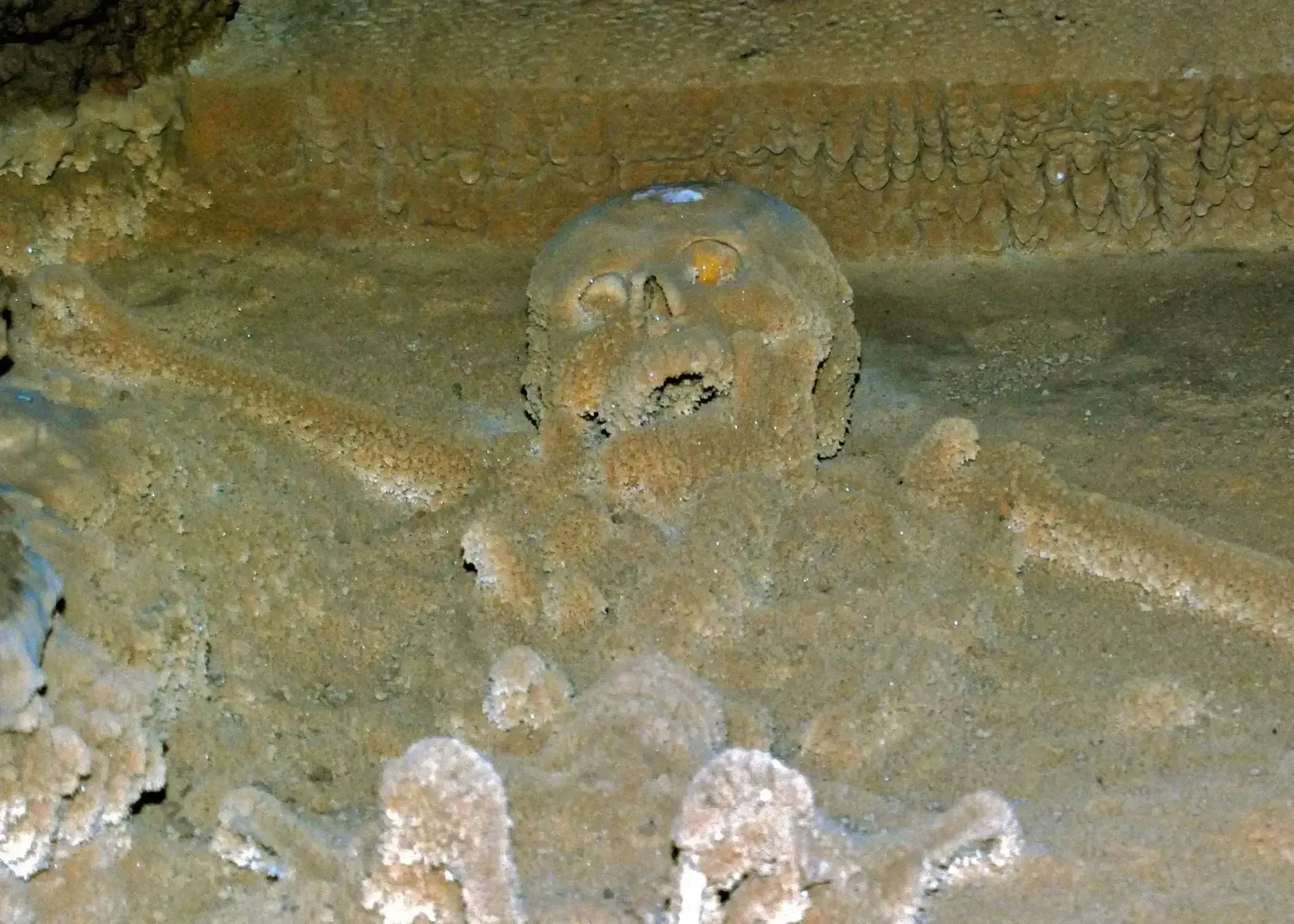
Only a select few tour guides are authorized to lead tours of ATM Cave, one of the few protected areas in all of Belize. Be very careful, however, as none of the skeletons or pottery are roped off, and one tourist has already accidentally stepped on and broken one of the skulls.

A Pilot Survived 20 Minutes Outside A Flying Jet
In 1990, the captain of flight 5390 Timothy Lancaster got sucked out of his own plane when the window of the plane fell off. The crew held the captain’s leg for 30 minutes while the plane performed emergency landing. Everyone survived.

Passenger with No Flying Experience Lands Plane in Florida: A Real-Life Aviation Miracle
A passenger with no flying experience landed a twin-engine plane in Florida after the pilot died mid-flight. With guidance from air traffic control, he safely touched down—a real-life aviation miracle caught on radar and radio.

A man joins a search operation without realizing he is the missing person
Beyhan Mutlu, a Turkish national, was reported missing by local media and unintentionally joined search teams looking for himself in a forest. He was drunk and lost in the woods when he ended up in a group with others looking for himself.

Apple Watch saves a 78 year old man from life threatening fall
An Apple watch saved the life of a 78-year-old man from North Carolina. When the man was unconscious and collapsed on his driveway, his Apple watch quickly sent an alert to emergency services.

ILOVEYOU Virus, the worst computer virus of all time
The ILOVEYOU Virus, also known as Love Letter for You or Love Bug, had a high infection rate due to its ability to spread itself by copying entries from users' email address books. It is a virus that was created in 2000 by a college student in Manilla, Philippines, and was recognized by the Guinness Book of World Records as the worst computer virus of all time, causing more damage than anything before it.

Tourist in China left hanging from 330-ft-high glass bridge as wind blows away its panels
The popular tourist attraction glass-bottomed bridge was shattered after a strong wind blew away its panels. A Chinese tourist was left stranded in strong winds 330 feet up on a glass-bottomed bridge.

Man uses first-class ticket to eat for free at airport's VIP lounge for almost a year
A Chinese man purchased a First Class Ticket, which included admission to a VIP Lounge with free food. Over the course of a year, he rescheduled over 300 times in order to receive over 300 free dinners. When questioned, it was discovered that he is rescheduling his reservation to another date after eating. He eventually cancelled the ticket and got a full refund.

Frank Lentini, The Three-Legged Sideshow Performer
Francesco Lentini was a man with three legs, four feet, sixteen toes, and two sets of functional male genitals. He worked for the circus and lived to be 78 years old.

Baby Lynlee 'born twice' after life-saving tumour surgery
Baby Lynlee was "born twice." First, surgeons brought her out of the womb to remove a spinal tumor. After the successful surgery, she was placed back and born again as a healthy baby girl.

Smart guy brings life-sized cutout of his late mother to his graduation
Even though that his mother passed away in 2016, a young man had a clever idea to make a life-size cutout of her and bring it to the event so that she could attend his graduation ceremony.

The incredible story of a plane that lost its roof in mid-flight and the light signal that saved 94 lives.
On April 28, 1988, Aloha Airlines flight 243 was on the way to Honolulu from Hilo when a huge portion of the upper part of the fuselage blew off the airplane.

chand baori stepwell in Rajasthan India, Ancient cooling technique
This Chand Baori stepwell in Rajasthan, India is over 1200 years old. It’s called Chand Baori. The air at the bottom of the well is 5-6 degrees cooler than at the surface, so in addition to being a water source, it was used as a community gathering place where locals could escape the heat.

The rescuing hug - the touching story of twins Brielle and Kyrie Jackson
Brielle and Kyrie Jackson’s lifesaving hug was captured when Brielle was struggling to breathe and going blue. As a final option, the nurse deviated from protocol and placed them in the same incubator. Kyrie wrapped her arm around her sister, who immediately began to stabilize

A three-year-old boy discovers a $4 million pendant in England
A $4 million 16th-century gold pendant was discovered in 2010 by a three-year-old boy using his father's metal detector.

The Man Who Kept a “Gold” Rock for Years—Only to Discover It Was a 4.6-Billion-Year-Old Meteorite Worth a Fortune
A man cherished a heavy 17-kilogram rock for years, believing it to be solid gold. The surprising twist? Experts later revealed it was a rare, 4.6-billion-year-old iron meteorite—an ancient cosmic relic worth far more than gold. Dive into the fascinating story of this celestial treasure and what makes it so valuable.

Abraham Crijnssen – The Ship That Disguised Itself As An Island
During World War II a Dutch minesweeper evaded the Japanese for eight days disguised as an island. The crew covered the decks in cut trees and painted exposed surfaces to look like rocks. They moved only at night and anchored closed to shore by day, eventually escaping to Australia.

Woman survives skydiving accident, discovers she's pregnant
2005, a woman performing her first solo skydive jump survived a parachute malfunction which caused her to slam face first into a parking lot at 50 MPH. During surgery doctors discovered she was pregnant. She made a full recovery and the baby was fine.

Missing Masterpiece Discovered in the Background of ‘Stuart Little’
In 2009, Gergely Barki, an art historian, was watching the film Stuart Little (1999) when he spotted an original long-lost painting used as a prop. Called Sleeping Lady with Black Vase, this painting was the work of Hungarian avant-garde painter Róbert Berény. The painting had been considered lost after World War II.

How 'Brad's Drink' Became Pepsi-Cola
Pepsi was first introduced as “Brad’s Drink” in New Bern, North Carolina, United States, in 1893 by Caleb Bradham, who made it at his drugstore where the drink was sold. It was renamed Pepsi Cola in 1898, named after the digestive enzyme pepsin and kola nuts used in the recipe.

A little girl survived a 1-hour submersion in freezing creek water
On June 10, 1986, two-and-a-half-year-old Michelle Funk fell into an icy creek and was submerged for 66 minutes. When rescuers pulled her out of the water, she was not breathing, had no pulse, and appeared lifeless. The doctors used various techniques to rewarm her blood and bring her back to life. She was successfully resuscitated and went on to lead a healthy life.

24-year-old burglar beaten by retired boxer victim
A 24-year-old knife-wielding burglar attempted to get into the home of a 72-year-old senior in Oxford, England, in 2009, but was left battered, bruised, and pinned to the ground. Frank Corti, the elderly, turned out to be a former boxing champion.

The WWII Parachute Wedding Dress
Major Claude Hensinger jumped out of a B-29 bomber during World War II when the engine caught fire. He was saved by his parachute. Later, he requested that his fiancée Ruth make him a gown out of the same parachute. The dress is now on display at the Smithsonian Institute.

Oreo builds asteroid-proof bunker to protect its cookies and recipes
In October 2020, Oreo builds a concrete bunker in Svalbard, Norway, to protect their recipes in case of an asteroid impact. The vault also contains Oreos wrapped in Mylar and vials of milk powder.

Paramedic Rescues Doctor Who Saved Him 30 Years Earlier
In 1981, a doctor helped save the life of a 3.2 pounds premature baby boy. Thirty years later, the boy, who had grown up to be a firefighter-paramedic, helped in saving the same doctor from a car accident.

Aitzaz Hasan, Pakistani school boy who sacrificed his life from suicide bomber
Aitzaz Hasan, a 15 year old Pakistani school boy, sacrificed his life while preventing a suicide bomber from entering his school of 2000 students. His father said "My son made his mother cry but saved hundreds of mothers from crying for their children."


